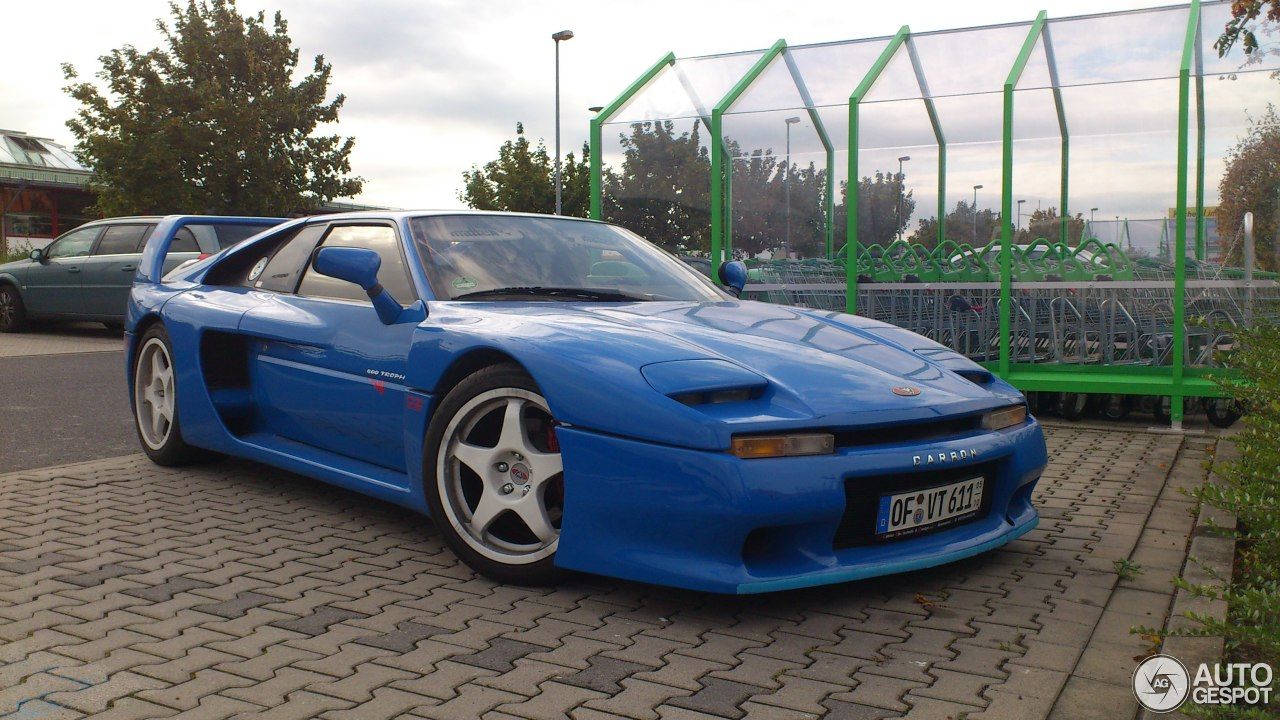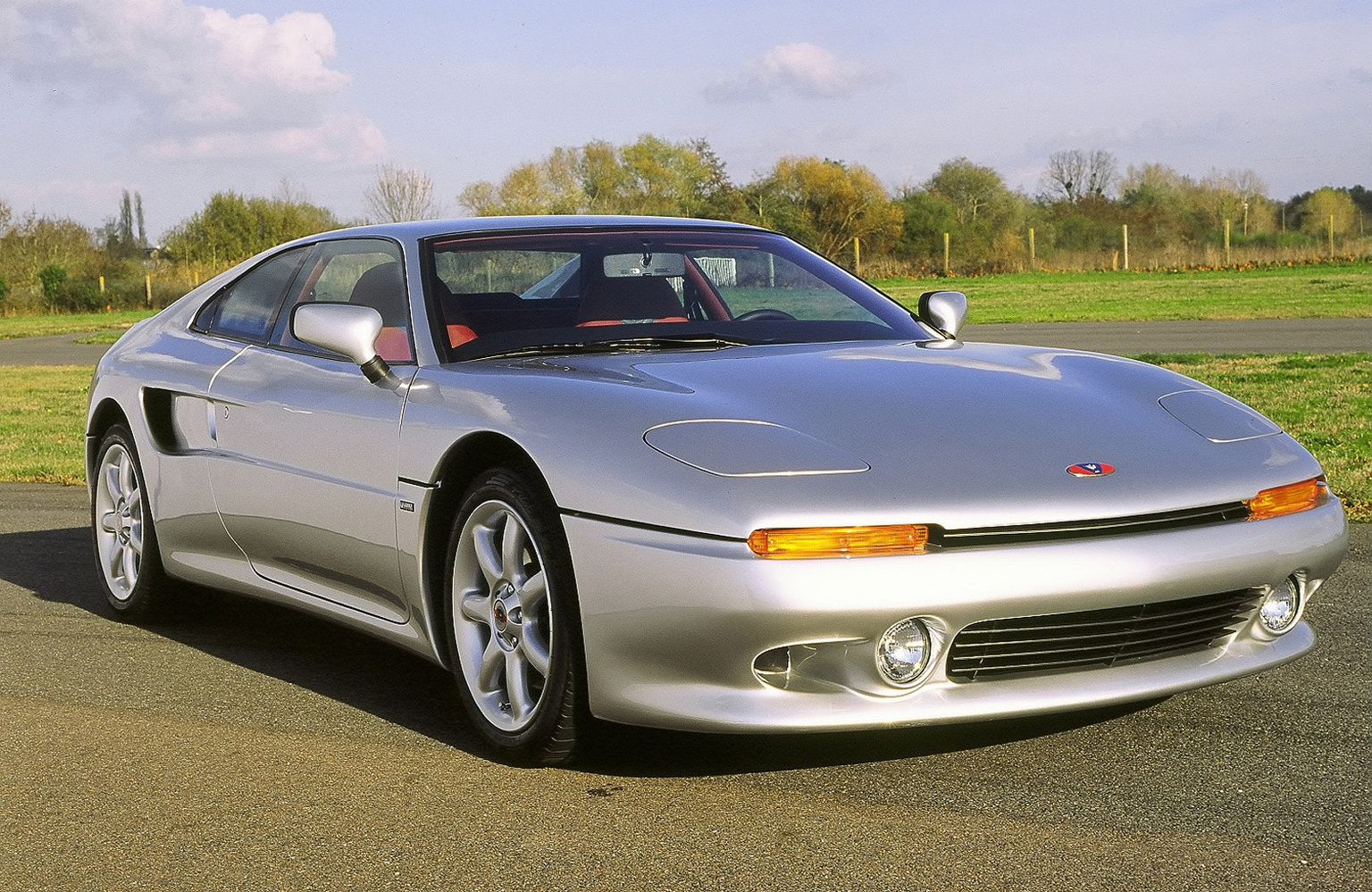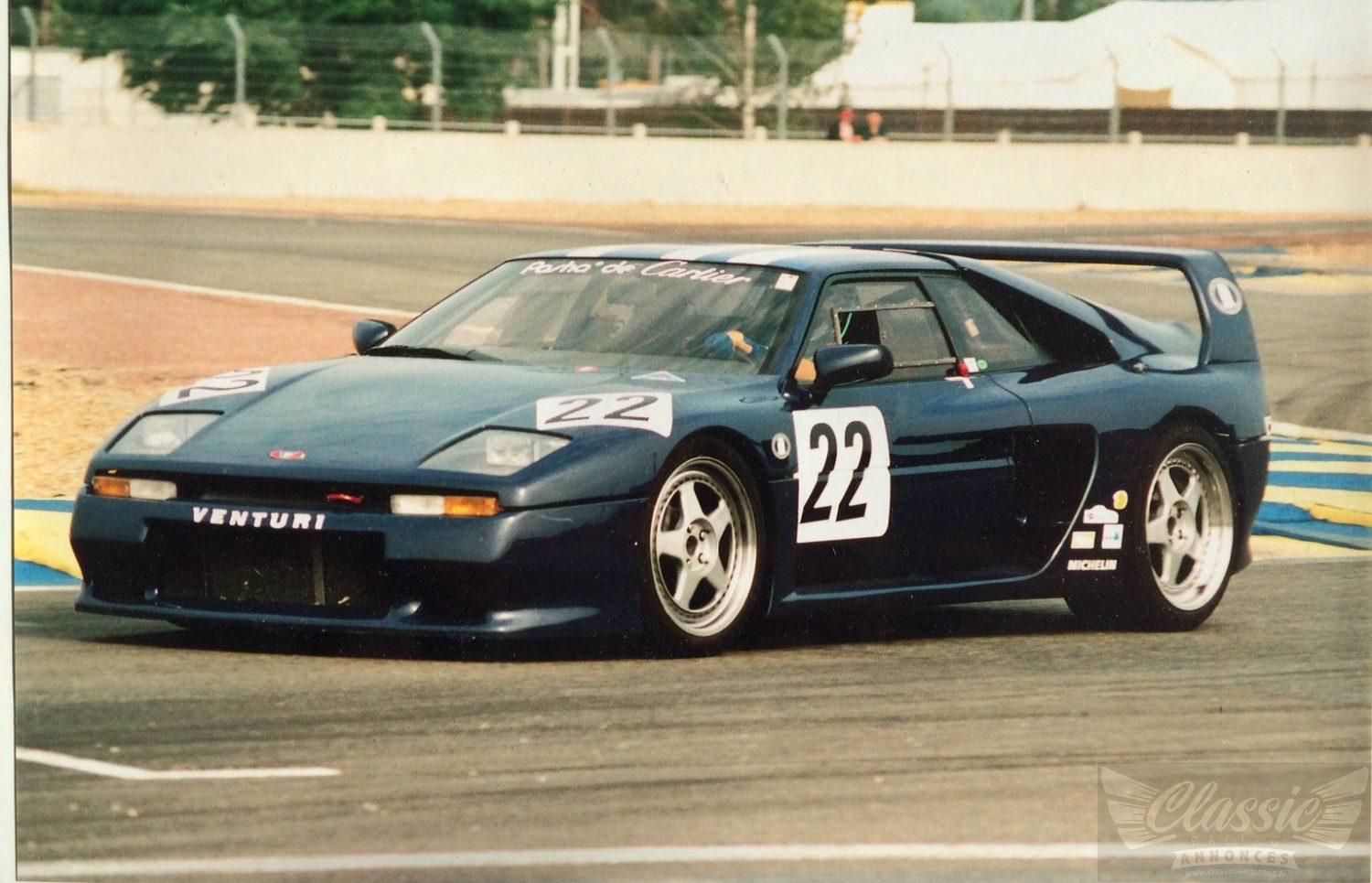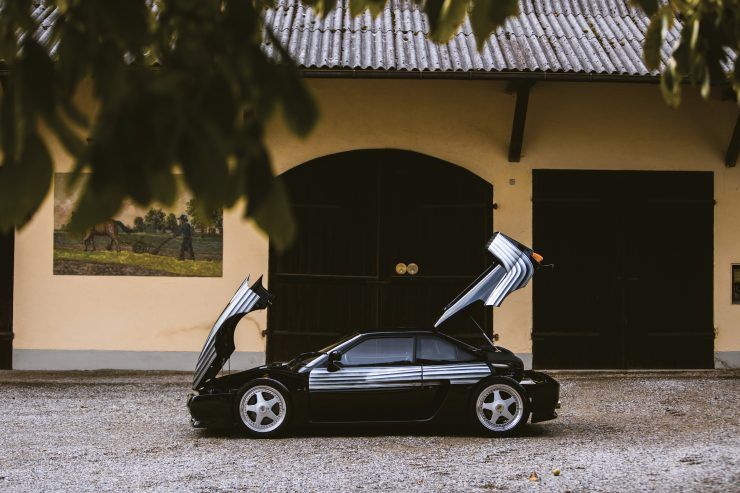When we think of French car manufacturers there are some that come to mind perhaps more than others. Renault, Peugeot, and Citroën are by far the most well-known and commercially successful from the country who pioneered front-wheel drive vehicles. However, on the faster end of the spectrum, there are marques like Bugatti and Alpine whose illustrious histories are littered with motorsport achievements. But there is one more company who you may never have heard of, one that perhaps has the most mysterious allure of them all: Venturi.
By far the youngest of all French car manufacturers, Venturi didn't lack any wisdom when it came to building cars. Founded in 1984 by French engineers Claude Poiraud and Gérard Godfroy under the name MVS, (Manufacture de Voitures de Sport) the company entered into the GT class of vehicle manufacture, wanting to produce luxury sports cars following in the footsteps of other French marques, Facel Vega and Monica. Poiraud and Godfroy's goal was to present a French GT car that could compete with the English Aston Martin, German Porsche, and Italian Ferrari.
A French Supercar Designed To Challenge The Likes Of Aston Martin, Porsche, And Ferrari
Three years after their inception, The still named MVS began building a mid-engined roadster and coupe coincidently named the 'Venturi'. It used the engine from the Renault R25 Turbo which at its final output produced 260 HP. The reception from the press was good, and French journalists began to compare the car to the Ferrari 328 and Porsche 911 Carrera.
By 1990 the MVS name was dropped, Venturi was adopted, and a new car was designed, the Atlantique. A 2,447 lb, steel tubular chassis car with a fiberglass body capable of hitting 60 MPH in 5.2 seconds. It was powered by a range of engines but the top-spec featured a 3.0-liter, Biturbo PRV V6 engine co-developed by Peugeot, Renault, and Volvo, producing about 300 HP. These cars were made from 1991 until Venturi's eventual bankruptcy in 2000. However, it was in 1992 where Venturi really challenged the status quo of the supercar world and adopted a more aggressive marketing strategy, with the 400 GT Trophy.
What Is A Venturi 400 GT?
1992 saw Venturi enter the world of motor racing, forming a Formula 1 team with British company Larousse and a one-car racing series, the Venturi Trophy, later known as the Gentleman Drivers Trophy. For this series, Venturi built a car that owners could buy and compete in with other owners. The car was called the 400 Trophy. Clearly inspired by the Ferrari F40, the 400's carbon-kevlar bodywork clothed a lightweight space frame chassis. Under the shell a new generation heavily reworked 3.0-liter, Biturbo V6 produced just over 400 HP and 383 lb-ft of torque at 4,500 RPM and could propel the car to 60 MPH in 4.1 seconds. A five-speed manual transmission put the power down through a limited-slip differential to eighteen-inch rear wheels. All of this meant the 400 Trophy could hit a top speed of 181 MPH. An amazing 75 drivers competed in the series which saw races on the circuits at Le Mans, Pau, Paul Ricard, the Nürburgring, Magny-Cours, and Dijon.
Due to the success of the Gentleman Drivers Trophy, Venturi released a road-going version of the 400 Trophy called the 400 GT. It retained a lot of the racecars features including, the 400 HP engine, gearbox, full roll-cage, and carbon disc brakes, the first of their kind ever on a production car. The cost of these cars was around $150,000, which when compared to a Ferrari F40 is more than half the price brand new. While the 400 GT couldn't quite keep up with the F40's straight-line speed, it topped out at 181 MPH compared to the Ferrari's 201 MPH. Compared with other supercars of the time, the Ferrari 355 and Porsche 911, the 400 GT could more than hold its own, and still remains one of the most powerful French cars ever produced. Out of a total of 73 units,15 were converted for the road. Styling is typical of the time with a wedge-like side profile, large fixed-wing, and everybody's favorite, pop-up headlights.
However, Venturi Was Destined To Fail
Even though Venturi built near to a thousand cars during their sixteen-year production, by the mid-90s sales were plummeting. The challenge of competing with Stuttgart and Modena's finest offerings required pedigree in order to attract more than just the odd individualist looking for an exclusive sports car, something Venturi just didn't have. After their bankruptcy in 2000, the company was bought by Gildo Pallanca Pastor, who decided to focus the company's efforts on electric vehicles, and they went on to produce the world's first electric car, the Fétish. Now, Venturi is known for their Formula E team which has achieved a career-best of two 1st place wins in both the Hong Kong and Mexican ePrix's.




